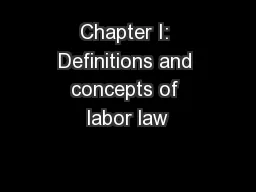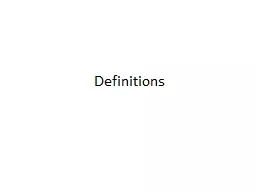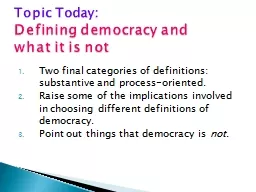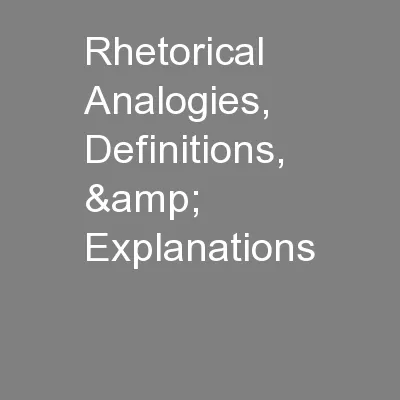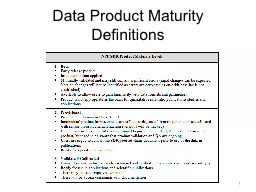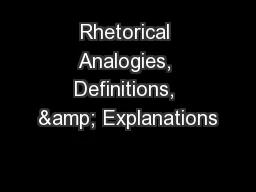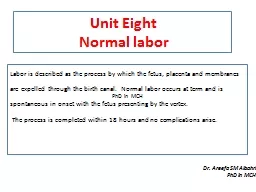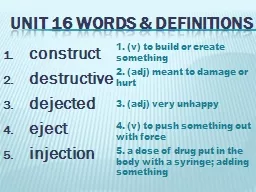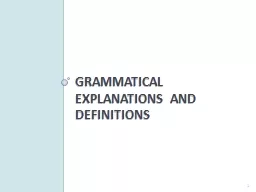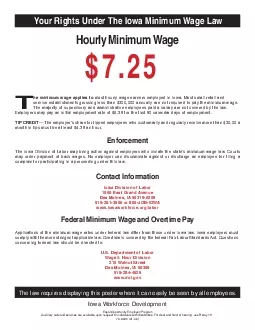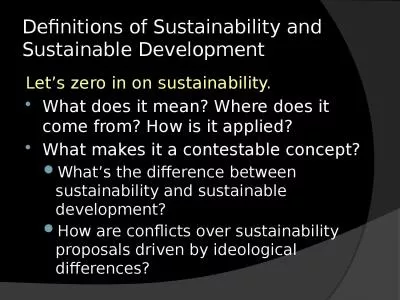PPT-Chapter I: Definitions and concepts of labor law
Author : tatiana-dople | Published Date : 2018-10-29
Definition of labor law Labour law is a contract of employment and it shall be formed where a person the employee agrees directly or indirectly to perform
Presentation Embed Code
Download Presentation
Download Presentation The PPT/PDF document "Chapter I: Definitions and concepts of l..." is the property of its rightful owner. Permission is granted to download and print the materials on this website for personal, non-commercial use only, and to display it on your personal computer provided you do not modify the materials and that you retain all copyright notices contained in the materials. By downloading content from our website, you accept the terms of this agreement.
Chapter I: Definitions and concepts of labor law: Transcript
Download Rules Of Document
"Chapter I: Definitions and concepts of labor law"The content belongs to its owner. You may download and print it for personal use, without modification, and keep all copyright notices. By downloading, you agree to these terms.
Related Documents

